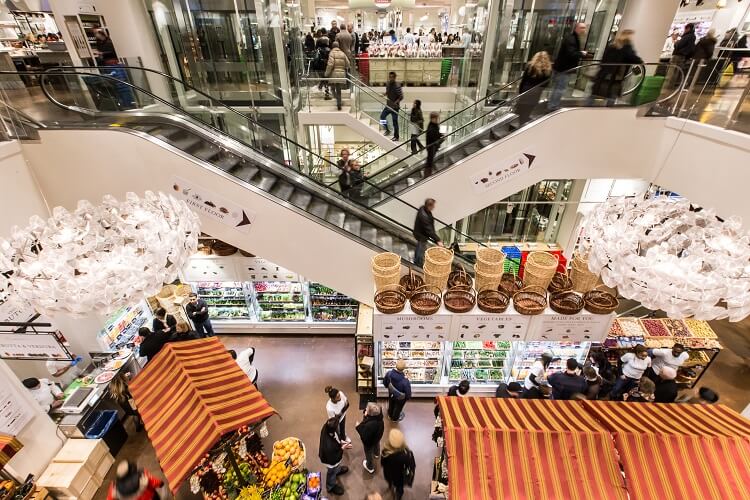
Eataly, a Chicago specialty grocery store and restaurant complex, wanted to improve their retail experience and bring customers back through their doors more frequently. A team of IIT Institute of Design (ID) students came in to research customer behavior and use the insights and concepts from behavioral economics to develop communication and service design solutions to improve key aspects of Eataly’s retail narrative and customer journey.
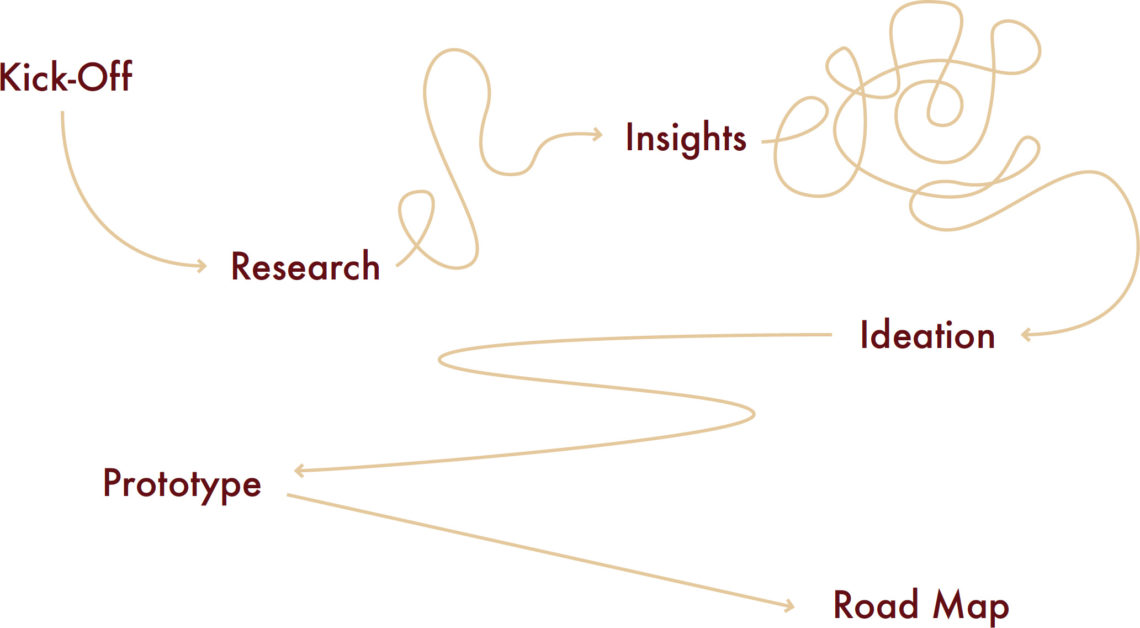
The Store Experience
The team applied a multi-phase design process to uncover opportunities for innovation.
Customer research and observation revealed key retail experience issues for Eataly:
- While the broad product offering was a virtue, the store shelves felt overwhelming and unfocused due to their arrangement and the store’s layout
- The experience felt more “American” than authentically Italian
- The Eataly brand took a backseat to the brands offered for sale
The team took these customer insights and began prototyping possible solutions to address the issues. These included concepts that employed printed collateral, concepts for displays and point of purchase, and wayfinding enhancements.
Concept Sketches
Working with Eataly staff, the team selected a number of preferred concepts and developed prototypes for testing in the actual retail environment:
- The in-store Beacon aims to help visitors with little knowledge of Italian dishes or customers in a hurry. A few Italian dishes digitally displayed direct people to ingredients or offers to have these waiting at the checkout counter.
- Light Cube helps shoppers locate food sections from a distance and informs people about what is nearby with large-scale graphics and navigational signage projected on the floor.
- Story Blocks inform customers about how to select Italian ingredients through brief digital interactions. Story Blocks are found in the shelves alongside the products. One version was called “Ask Nona.” It sought to bring more expertise to the floor, engaging visitors with stories of food, its quality, and answering questions about Italian cuisine.
- Placed in Eataly windows, Food Frame informs passersby outside about high quality foods being made right at Eataly Chicago through short videos and the display of breads, cheeses and pastas.
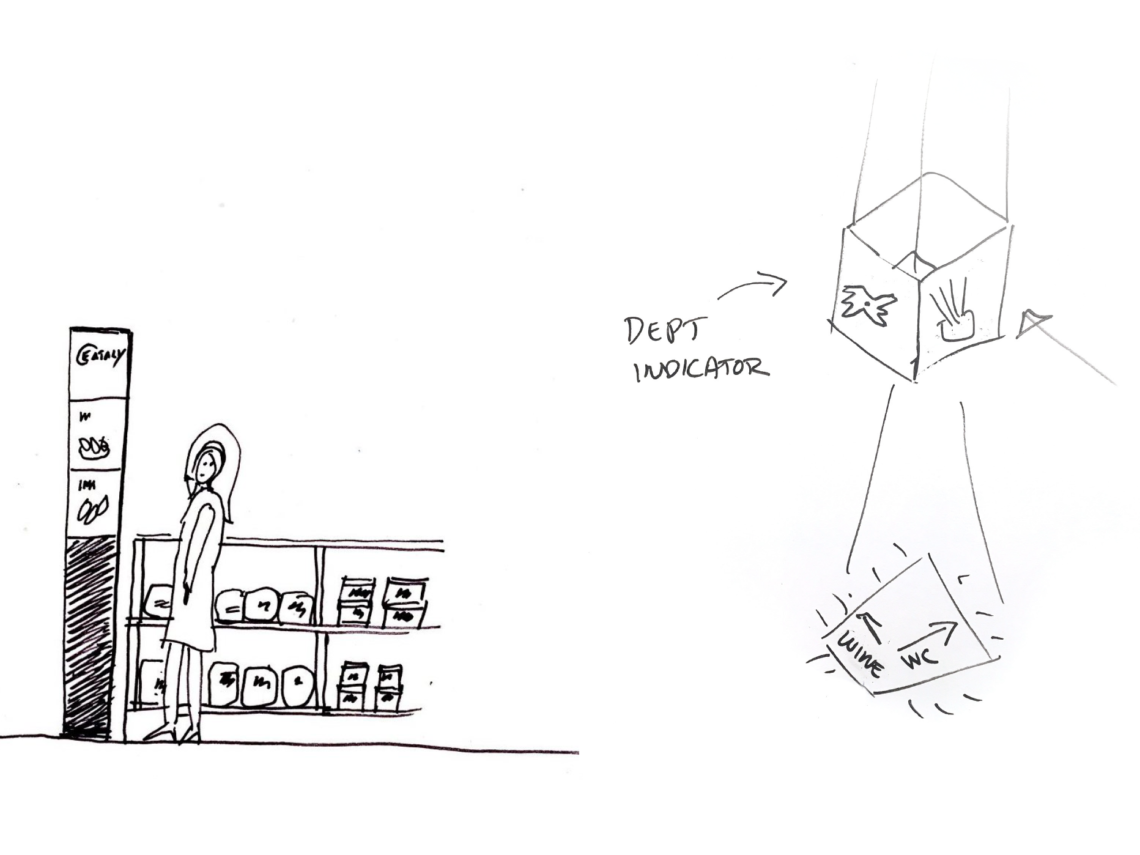
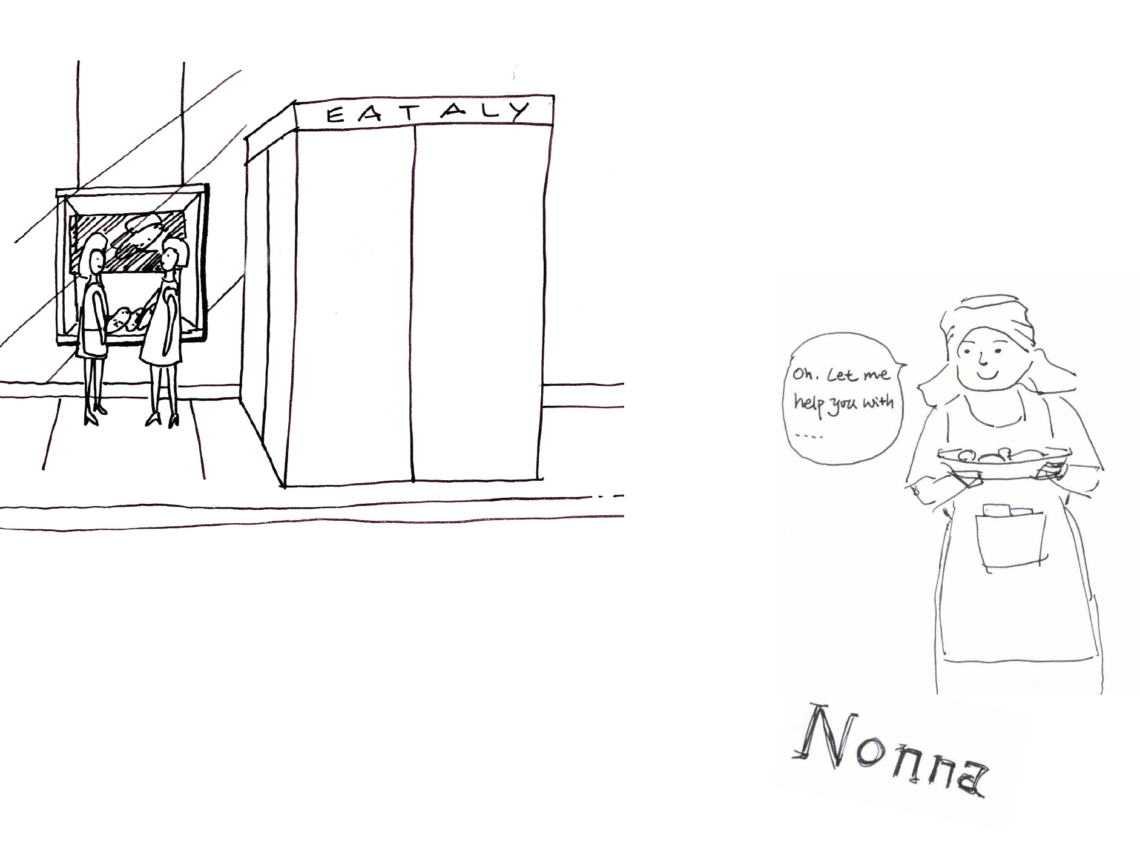
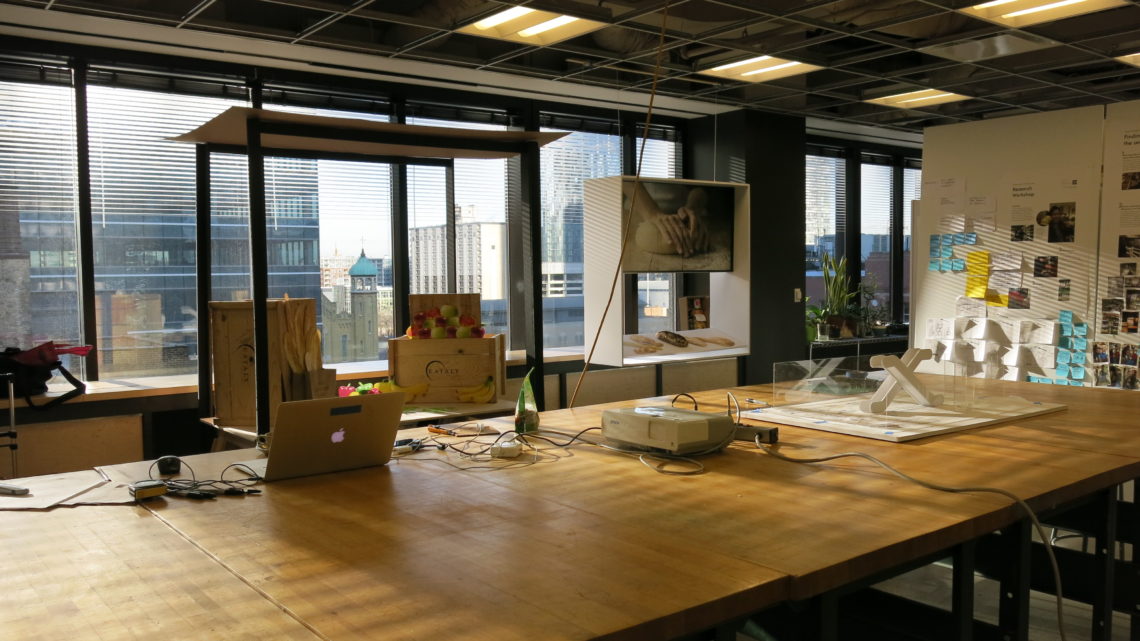
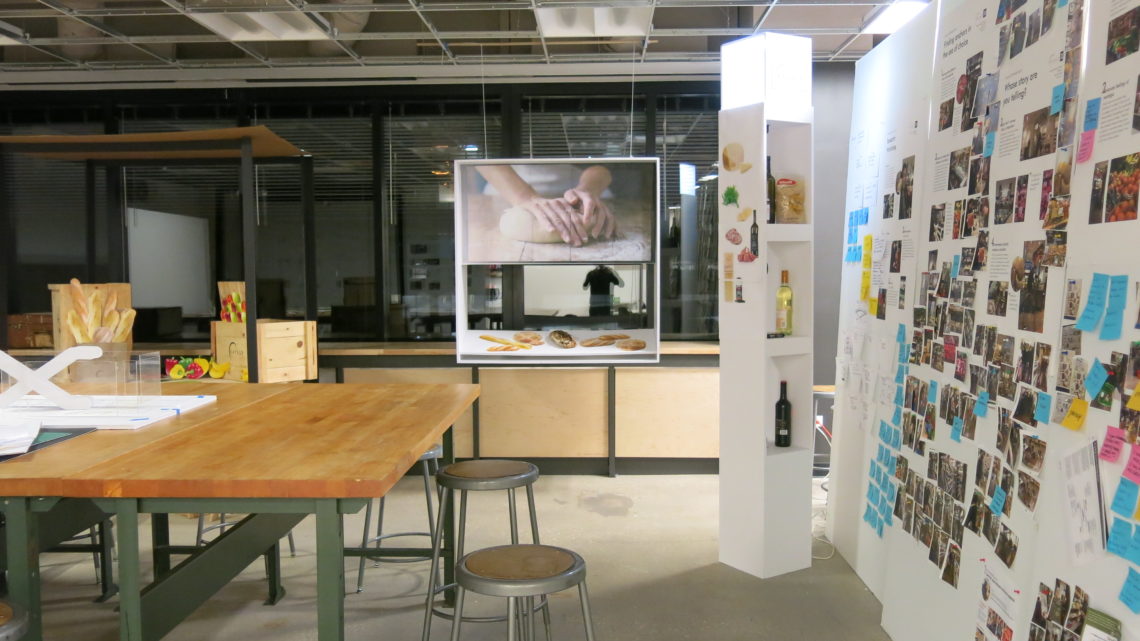
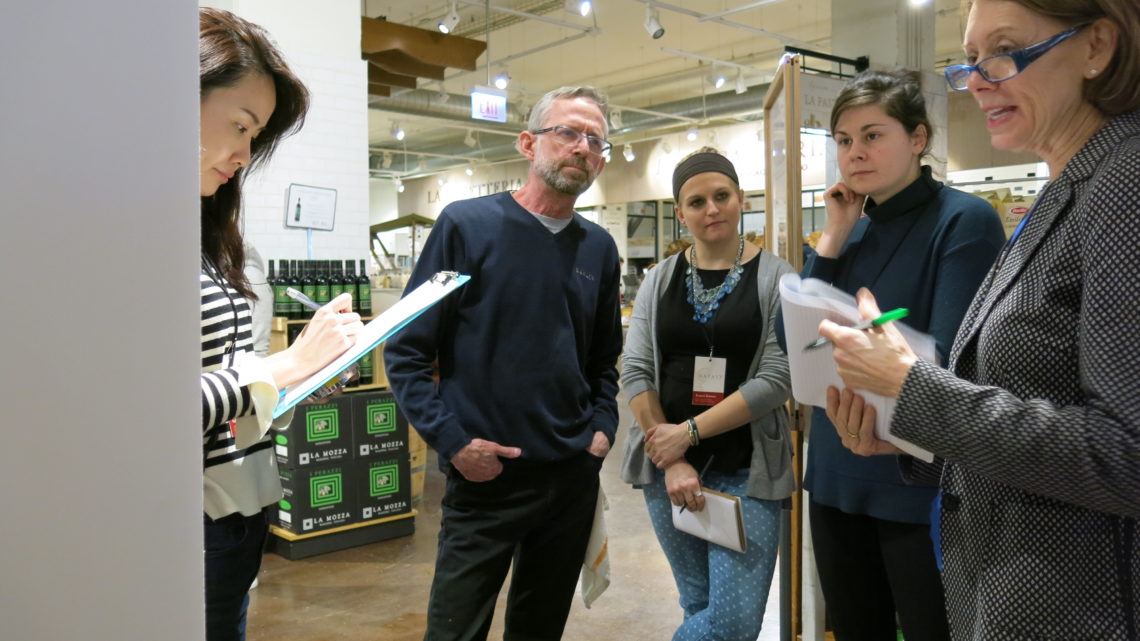
Tested Concepts
Applying design methods and an iterative process, the team conducted a pilot test of the prototypes that involved interviews with over fifty customers members over four days. Each prototype was evaluated for possible long-term application.
Tested Concepts
Applying design methods and an iterative process, the team conducted a pilot test of the prototypes that involved interviews with over fifty customers members over four days. Each prototype was evaluated for possible long-term application.
Tested Concepts
Applying design methods and an iterative process, the team conducted a pilot test of the prototypes that involved interviews with over fifty customers members over four days. Each prototype was evaluated for possible long-term application.
Outcome: Assessing the Impact of Digital Tools in Retail
Using the findings and data, the team selected the Story Block as a candidate for a more extensive pilot program in the store, adjusting it to function more as a staff conversation starter than a standalone element.
The team also identified three of the concepts as worthy of revision, applying a more detailed definition of their purpose:
- Light Cube: focus on directing customers to most common destinations
- Beacon: explore variations of form and content
- Food Frame: test with varied video content and store placement